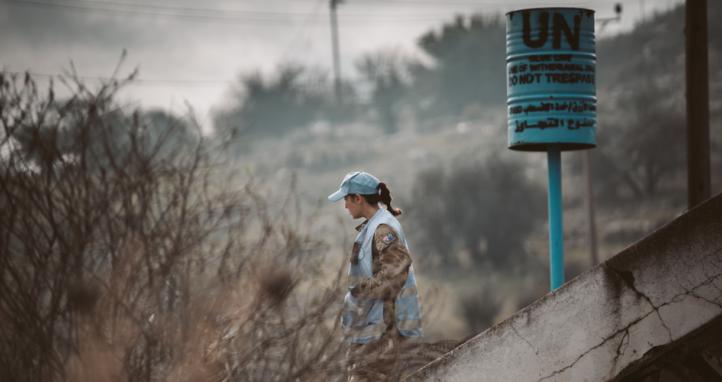On 09 April 2021, forty-five recruits of 15 Platoon, Bravo Company, 1st Recruit Training Battalion will march off the parade ground at Kapooka in front of their loved ones in the first live parade since the COVID-19 pandemic began. These recruits represent the newest group of soldiers to join the Australian Regular Army after an arduous 12 week course that has challenged them both physically and mentally. This occasion is even more significant as it will also represent 80 years to the day that the infamous Rats of Tobruk, whom are the associated sponsor of 15 Platoon, commenced their greatest test of resilience and endurance against the seemingly unstoppable Nazi German Force in World War II.
On special anniversaries of significant military events, it is important, especially for those 45 recruits, to learn and remember of the efforts of those soldiers that went before us. Here describes the acts that created the legend of 'The Rats of Tobruk'.
Due to the best deep sea harbour in North Africa, the Libyan Port of Tobruk held significant territorial importance during World War 2. This position also controlled the Suez Canal which linked Britain, Australasia and the Pacific. Lieutenant General Leslie Morshead commanded the Tobruk garrison which protected the Libyan Port. The forces protecting the port consisted of the 9th Division (20th, 24th, and 26th Brigades), the 18th Brigade of the 7th Division, four regiments of British artillery and some Indian troops. During the German North African Campaign, the infamous German World War II commander, General Erwin Rommel was intent on controlling the important site. He ordered his Afrika Corps to besiege the Australian-led allied garrison between April and August 1941.

The Afrika Corps had never tasted defeat and heavily outweighed the Allied Force with both manpower and air-support. The Australian Forces implemented an aggressive active defensive tactic to combat the larger German Forces, including conducting patrolling and harassing tactics throughout the night. The idea was to attack the enemy rather than allowing the enemy to dictate the fight. The Australians were able to bolster this active defensive tactic by utilising Tobruk’s excellent network of below-ground defensive positions which had been built pre-war by the Italian Army.
As the Tobruk garrison was forced to further develop their positions by ‘digging-in’ due to the constant bombardment, the then Nazi Propagandist William Joyce, commonly referred to as 'Lord Haw-Haw', declared that the Australian Forces were caught ‘like rats in a trap’. After hearing this on the radio, the Australian Soldiers adopted this as a defiant badge of pride and became 'The Rats of Tobruk'.
Although initially expecting to be resupplied and relieved within eight weeks of the beginning of the operation, the Rats of Tobruk effectively held their position for the duration of the campaign. Numerous attempts to relieve Tobruk by land failed and the garrison was supplied by ships of the British and Australian Navies, across seaways dominated by a hostile air force. Because of the almost daily enemy air attacks, arrivals and departures of the ships were conducted under the cover of darkness. Between April and the end of August, the garrison was subjected to 593 enemy air raids. The Rats of Tobruk held their position until being gradually withdrawn in late 1941. The port continued to be defended and held by the Allied forces until its surrender in June of 1942.
During the campaign, the German forces made two serious attempts to capture Tobruk using 'blitzkrieg' tactics involving a deep armoured thrust through defences followed up by infantry. Up until this point in the war, these 'blitzkrieg' tactics had never failed. It was during the first of these attempts that Corporal John Hurst Edmondson showed the conspicuous bravery that was to earn him a posthumous Victoria Cross. Edmondson’s V.C. was the first awarded to an Australian during the 1939 – 1945 War.
With the heroics and legacy associated with the ANZAC’s being fresh in the minds of the public during the Second World War, the Rats of Tobruk, among the many other Australian forces again displayed the key characteristics of bravery, mateship and defiance that has come to be associated with the name of the Australian Digger. As such, it will be with pride and honour that 15 Platoon represents the Rats of Tobruk, 80 years after their heroics were on full display to the world. The stories of mateship and bravery will be etched into the minds of the next generation of Australian Soldiers departing the hollow grounds of Kapooka both this week, and in years to come.

Australians standing by in a hot section of the front, 400 yards from the enemy. Many forward posts like this are isolated during the daylight hours.










Thanks to everyone for what you did and achievements
Lest we Forget.